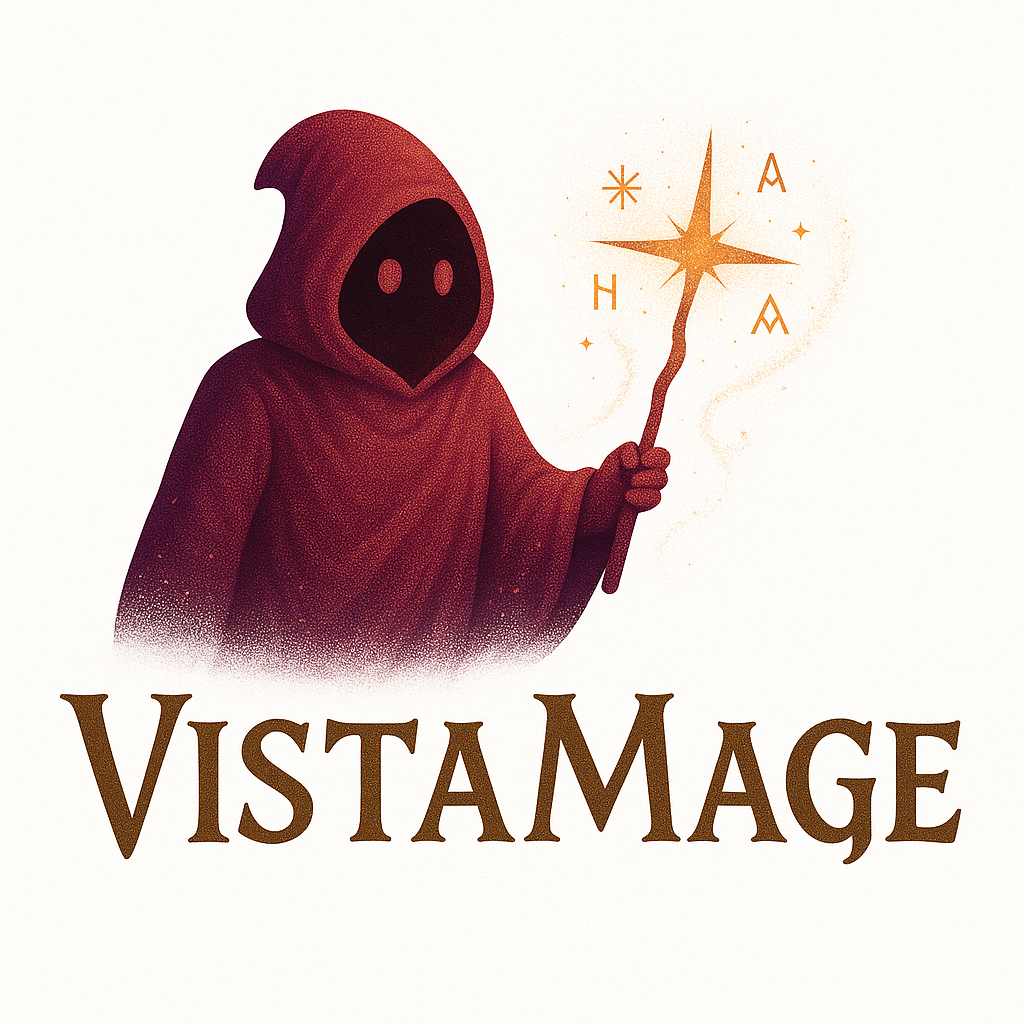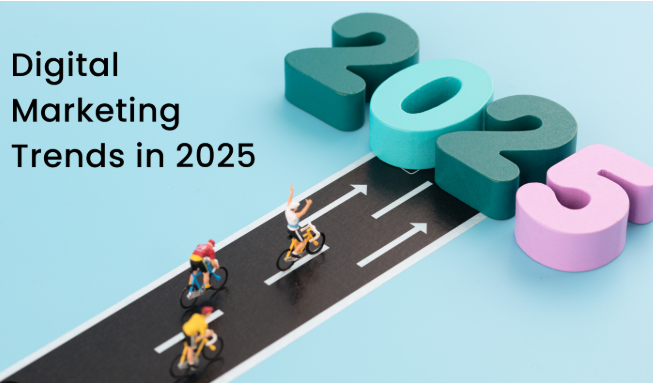The digital Growth landscape in 2025 is fiercer than ever. With algorithms evolving daily, user behaviors shifting unpredictably, and trends vanishing overnight, businesses can’t rely on fragmented efforts. To thrive, you need a unified strategy that merges SEO, social media, content marketing, and paid ads into a seamless engine. Here’s how to build it—and why every piece of the puzzle matters.
Why Strategy is Non-Negotiable
Most businesses dabble in digital tactics—posting sporadically on Instagram, running occasional ads, or publishing a blog now and then. But these disjointed efforts rarely drive meaningful growth. Top brands treat these tools as interlocking gears: SEO drives organic traffic, content builds trust, social media nurtures relationships, and paid ads accelerate visibility. This synergy turns casual users into loyal customers.
For example, a blog post optimized for SEO can attract visitors, while retargeting ads remind them of your brand. Simultaneously, social media stories keep your audience engaged, creating multiple touchpoints that guide users toward conversion.
However, managing this ecosystem alone is overwhelming. That’s why 63% of businesses in 2025 partner with digital marketing agencies—not as a cost, but as a growth accelerator. Agencies offer full-stack expertise, from AI-driven analytics to hyper-localized campaigns, ensuring every dollar spent aligns with measurable outcomes.
The 1-Hour Social Media Framework for the Digital Growth
Consistency trumps perfection. With a strategic rhythm, you can manage social media in just one hour weekly:
-
Monday: Behind-the-scenes content (e.g., team culture or product creation).
-
Tuesday: Share actionable tips (e.g., “3 Ways to Boost Productivity in 2025”).
-
Wednesday: Spotlight customer testimonials or success stories.
-
Thursday: Highlight product benefits with a clear call-to-action.
-
Friday: Engage with polls, questions, or trending audio clips.
Tools like Buffer or Meta Business Suite let you schedule posts in batches. Focus on authenticity over polish—raw, unscripted clips often outperform overly produced content. For instance, a bakery’s viral Reel showing flour-covered hands kneading dough can humanize your brand faster than a glossy ad.
Content & SEO: The Trust-Building Duo
Content remains king, but context rules. Audiences crave value, not sales pitches. A weekly long-form blog or video addressing customer pain points—like “How to Choose the Right SEO Agency in 2025”—establishes authority. Repurpose this into emails, Reels, LinkedIn posts, and even podcast snippets to maximize reach.
In 2025, SEO prioritizes:
-
User experience: Mobile-first design, lightning-fast load times, and intuitive navigation.
-
Topical depth: Google rewards comprehensive guides over shallow keyword-stuffed articles.
-
E-E-A-T: Showcase Experience, Expertise, Authority, and Trust through author bios, case studies, and client reviews.
-
Local SEO: Optimize Google My Business, embed location-specific keywords, and encourage customer reviews.
This combo turns your website into a 24/7 lead magnet. For local businesses, 76% of clicks go to the top 3 Google My Business listings—making local SEO a non-negotiable.
Paid Ads: The Fast Lane to High-Intent Traffic
While SEO builds long-term traction, Google Ads deliver instant visibility. Target high-intent keywords like “emergency plumbing services” or “CRM software for small businesses” with hyper-localized, benefit-driven ads. For example:
-
Weak: “Affordable Yoga Classes”
-
Strong: “Get Stronger in 30 Days—Join Our 2025 Fitness Challenge”
Send traffic to dedicated landing pages (not your homepage) with clear CTAs like “Book a Free Consultation” or “Download the Pricing Guide.” A/B test headlines weekly—tools like Google Optimize simplify this process. Blend paid and organic efforts for a balanced funnel: ads for quick wins, SEO for sustained growth.
Social Media: Where Brands Come Alive
Short-form video dominates—TikTok, Reels, and YouTube Shorts account for 82% of social engagement. But authenticity is key. Share user-generated content, bloopers, or “day in the life” stories to humanize your brand. For example, a roofing company posting a time-lapse of a project builds trust far more effectively than a generic ad.
Engage daily: Reply to comments, reshare customer posts, and use polls to crowdsource ideas. Platforms like LinkedIn and Instagram now prioritize community interaction in their algorithms, rewarding brands that foster conversations.
Email Marketing: The Silent Converter
While often overlooked, email marketing delivers a
42ROIforevery
42ROIforevery1 spent. Use your blog content to build a newsletter, offering exclusive tips or early access to sales. Segment your list: Send personalized offers to repeat customers and educational content to new leads. Automation tools like Mailchimp or Klaviyo streamline this process, turning email into a hands-free revenue driver.
Putting It All Together: A Fitness Studio’s Success
Imagine a local gym leveraging this strategy:
-
A customer Googles “best personal training near me” and lands on their SEO-optimized site.
-
They read a blog on “5 Fitness Mistakes,” follow the studio’s Instagram for daily tips, and click a Google Ad for a free session.
-
Post-visit, they receive a nutrition guide via email and a membership offer.
Each touchpoint—SEO, content, ads, social, and email—guides the customer from discovery to loyalty.
Real-World Transformations
-
A bakery’s viral Reel showing their baking process led to sold-out weekends for months—no ads.
-
A roofing company quadrupled leads in 6 months via local SEO and Google Ads.
-
A B2B SaaS brand used LinkedIn thought leadership posts to secure 12 enterprise clients in Q1.
Your 2025 Action Plan
-
Block 1 hour weekly for social planning.
-
Publish one pillar content piece weekly.
-
Launch Google Ads targeting high-intent keywords.
-
Engage daily on 1-2 social platforms—quality over quantity.
-
Repurpose content across channels.
-
Track metrics like CTR, bounce rate, and conversion time.
-
Partner with experts to scale efficiently—agencies handle trends, so you don’t have to.
Conclusion
In 2025, The digital growth hinges on a unified strategy—not scattered tactics. Integrate SEO, content, social media, and ads into a seamless engine that attracts, engages, and converts. Prioritize authenticity, user experience, and data-driven adjustments. Whether managing it yourself in one hour a week or partnering with experts, consistency and adaptability are key. Leverage tools like AI schedulers and analytics platforms to streamline efforts, and focus relentlessly on delivering value to your audience. The digital landscape rewards brands that stay agile, human-centered, and strategic. Start now, refine as you go, and watch your business thrive in the ever-evolving online world.
FAQs for The Digital Growth in 2025:
Q: How much time do I really need to spend on social media weekly?
A: With a pre-planned content calendar and scheduling tools, you can maintain a strong presence in just 1-2 hours weekly. Focus on quality over quantity.
Q: Is SEO still worth investing in with AI-driven search changes?
A: Absolutely. Google prioritizes E-E-A-T (Experience, Expertise, Authority, Trust), so high-quality, user-first content will always rank—regardless of algorithm updates.
Q: Which social platforms should I prioritize?
A: Follow your audience: LinkedIn for B2B, Instagram/TikTok for visuals and younger demographics, and Facebook for local/service-based businesses.
Q: How fast can I expect results from Google Ads?
A: Paid ads can drive traffic instantly, but optimization takes 4-8 weeks. Test keywords, refine targeting, and tweak landing pages for sustained ROI.
Q: Can small businesses compete with big brands online?
A: Yes! Niche content, hyper-local SEO, and authentic storytelling let small businesses stand out. Agility and community focus are your superpowers.

